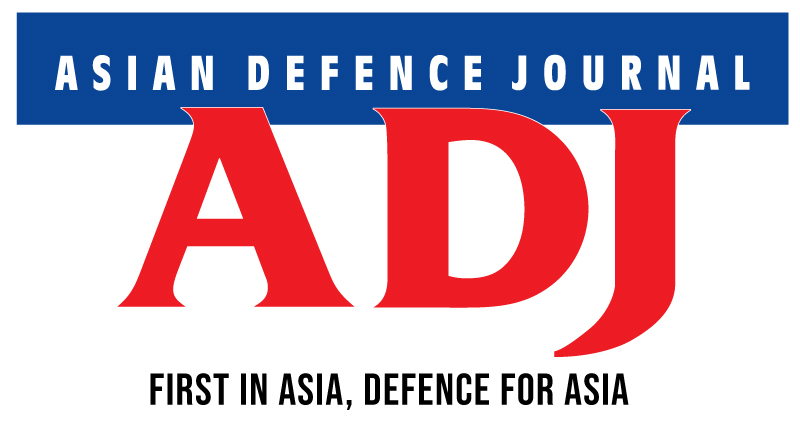DSA 2024: Ulbrichts Protection Looking To Increase Share Of Asian Helmet Market
Ulbrichts is a name synonymous with ballistic head protection for the high-risk responsibilities of special operations units across the globe. Used by numerous specialist military and law enforcement organisations across the European continent, Ulbrichts Protection is hoping to expand its market reach into Asia Pacific with their participation at DSA 2024. The company is looking at equipping customers in the region with helmets that provide “true protection”, it is the first choice of 80% of the entire German police service, with more than 50,000 in use with them, said the company’s Vice President of Marketing and Communications, Thomas Poandl (pix).

At DSA 2024, the Austrian firm showcased their Optio helmet, with examples of the latest Optio+ and tested products that successfully prevented injury on display. With a wide range of helmet models and cuttings, it can further be personalised with accessories including night vision goggle shrouds, helmet covers, helmet rails or quick visor adapters for VPAM visors that stop ricochets, shrapnels or direct hits. Furthermore, the helmet can receive an upgrade to stop rifle rounds such as 7.62x39mm, with the Fortis VPAM 6 shield that can be attached and removed from the helmet with velcro.
Made with polytanium, Ulbrichts combat helmets provide enhanced protection in comparison to standard NIJ IIIA helmets, exceeding performance standards. With an emphasis on stopping lethal brain trauma, the Optio+ covers most of the head with a wide coverage of ballistic protection, whereas traditional ballistic helmets offer limited protection from bullet penetration or even traumatic brain injury. The standard Optio starting at 1.25kg stops hits from 20mm and offers trauma protection 50mm from the rim while the Optio+ is a 300g heavier version of the standard Optio capable of stopping handgun hits and preventing lethal trauma 15mm from the rim of the helmet. This is achieved by having a boltless design where the straps and other components are attached without the use of screws and bolts which would weaken the ballistic integrity of the helmet.
Another myth that Ulbrichts hopes to debunk is that a person’s neck could break from suffering a direct hit whilst wearing a helmet. The most dangerous part of a helmet stopping a bullet is when residual kinetic energy is transferred to the head after the helmet stops the bullet, when helmets likely suffer a severely deformed backface which injures the brain. Despite the low mass and high velocity of a rifle round, the traumatic brain injury could prove fatal due to the high velocity being absorbed by the helmet.
In line with VPAM HVN 2009 standards, the helmets were tested extensively against NIJ IIIA helmets, experiencing bullet hits on the helmet and tested in freezing and blazing temperatures.-shp/adj/dl (Pix:ADJ)


